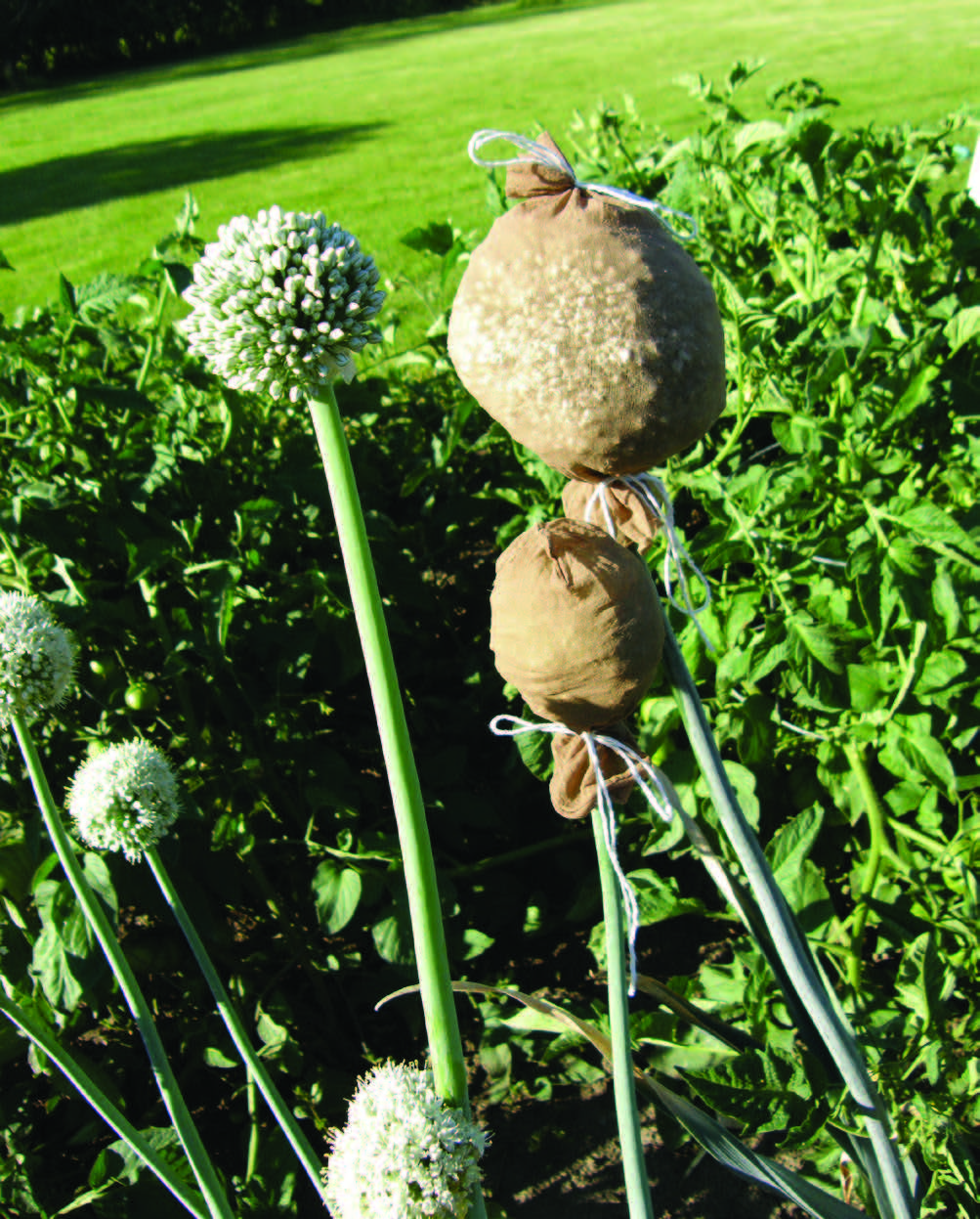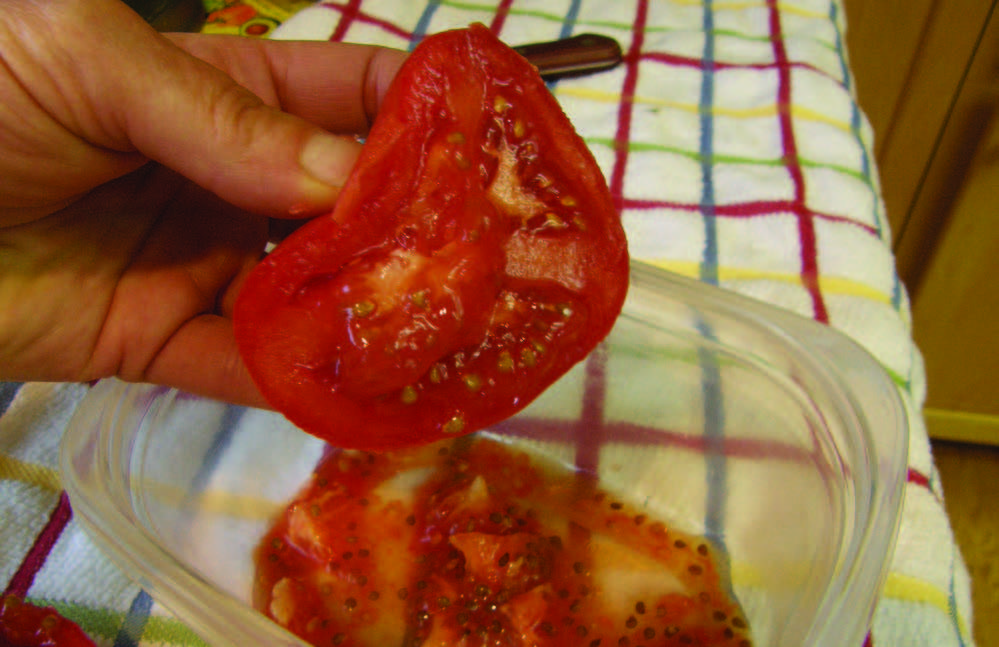Master Gardener Q&A
Q. Can I save my garden seeds, and what is the best way to save them?
A. Some hobby gardeners prefer to save their own seeds. Please be advised that saving seeds of some patented cultivars may be illegal. Modern plant breeders have come a long way in developing high-quality vegetable cultivars. In many cases, yields and pest resistance of new cultivars far exceed those popular just a few years ago. Inexpensive, high-quality seed is readily available and we generally recommend purchasing fresh seed from a reliable company rather than attempting to save seeds from year to year.
You can save vegetable seeds; it takes time and must be done right. Harvest seeds only from the best cultivars that produce the most vigorous plants.
The MSU Extension MontGuide ‘Harvesting and Saving Garden Seeds,’ describes seed types and how to plant saved seeds. It also includes steps for seed-saving methods. Since plants bear seeds in different types of structures, the process for saving them varies.
POD-LIKE STRUCTURE (BEANS, PEAS, CRUCIFERS, ETC.)
- Allow pods to turn brown, harvest the pods, dry for one to two weeks in a warm, dry area, then shell.
- Store seeds in a paper bag in a cool (below 50°F), dry place.
- The seeds of crucifers can carry diseases that will infect a garden. After harvest,
soak cabbage seeds in 122°F (50°C) water for 25 minutes to disinfect. Soak the
seeds of broccoli, Brussels sprouts and cauliflower at the same temperature for 18 minutes. Pay attention to time and temperature. - After soaking, dry and store seeds in paper envelopes in a cool, dry place.

Photo: Cheryl Moore-Gough
FLOWERHEAD (LETTUCE, ENDIVE, DILL, ETC.)
- Cut off the seed stalks just before all the seeds are dried; the seeds may fall off the stalk and be lost if allowed to fully dry on the plant.
- Dry the harvested seed stalk, shake or rub the seeds off and store in a paper envelope in a cool, dry place. If seeds fall off stalks as they dry (shattering), place the entire stalk upside down in a paper bag or cover seed heads with a nylon stocking to catch the seeds.

Photo: Cheryl Moore-Gough
FLESHY FRUIT (TOMATO, CUCUMBER, ETC.)
- Pick fully ripe fruit of cucumber and tomato and squeeze the pulp, including the seeds, into a container.
- Add a little water and let the mixture ferment for several days at room temperature, stirring occasionally. Sound, viable seeds will settle out; nonviable seeds will float.
- Pour off the pulp, nonviable seeds and water and spread viable seeds in a single layer on a paper towel to dry.
- Store in a paper envelope in a cool, dry place.
- Scrape the seeds of peppers, melons, pumpkins and squash and spread onto a paper towel to dry, then store in a paper envelope.

Photo: Cheryl Moore-Gough
HERBS
Herbs vary in the way they produce seeds. In general, allow herb seeds to remain on plants until nearly dry. Some seed heads, like those of dill, shatter as soon as they are dry. Watch the early-ripening seeds; if they drop, harvest the other seed heads before they reach that point, leaving several inches of stem attached.
Tie several stems together and hang them upside-down, covered with a paper bag to catch falling seeds, in a warm, dry place until completely dried. Remove seeds from the heads and store them in a paper envelope in a cool, dry place. Herb seeds for flavoring, such as dill, anise and cumin, are used when dry.
Mark storage containers clearly with permanent ink, indicating the cultivar of seed and date saved. Most seeds remain viable for years if stored correctly in paper envelopes in a cool place.
Cheryl Moore-Gough is the former MSU Extension Horticulture Specialist
The MontGuide ‘Harvesting and Saving Garden Seeds’ is available online at https://store.msuextension.org/Products/Harvesting-and-Saving-Garden-Seeds-MT199905AG__MT199905AG.aspx
